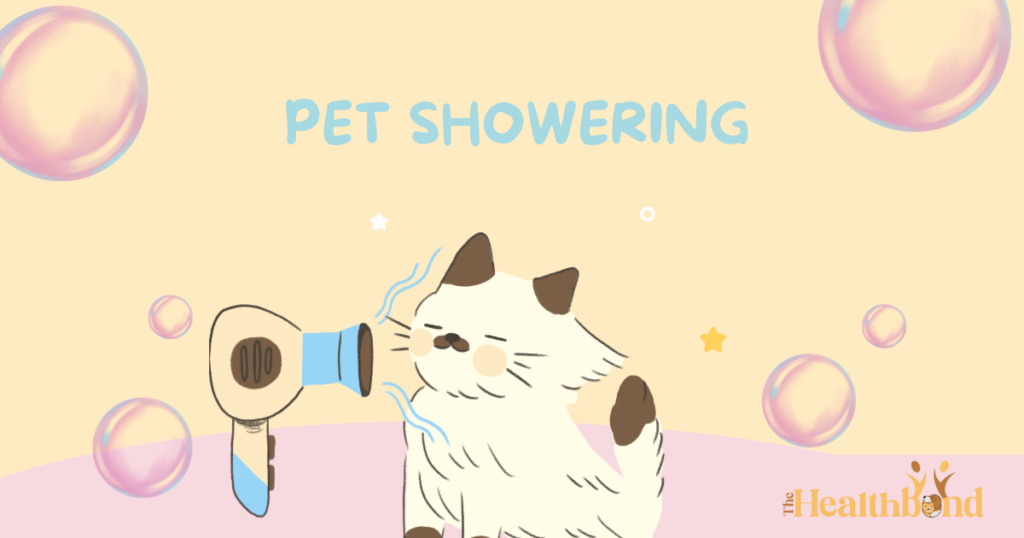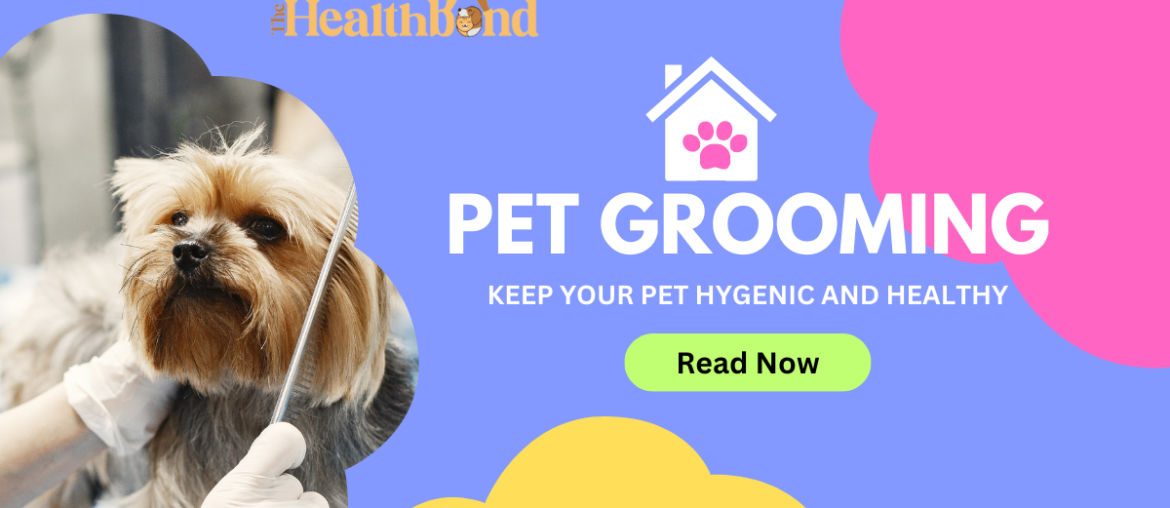Your pet is like your family member as mine, and you are worried about its looks and health. If you have adopted a pet or bought it recently, then this Blog post is for you….
Beyond just keeping your furry friend looking spick and span, pet grooming is an essential part of their overall health and well-being. Grooming is not just about your pet’s looks and smells. Still, it is also about keeping the pet hygienic _ Regular maintenance of your dog’s fur, ears, nails, and teeth prevents painful and costly health issues that may require a veterinarian. Many pet owners outsource these tasks to professional groomers, but this can be costly, and there may be a shortage of qualified groomers in your area. The good news is that with patience, practice, and plenty of treats and praise, you can perform some or all necessary grooming tasks at home.
What grooming tools do I need?
- Rubber-bristled brush, wire slicker,
- Shampoo and conditioner (optional)
- Microfiber towel
- Hair dryer
- steel comb and/or de-shedding tool
- Nail clippers
- Styptic pencil (for accidental bleeding)
- Toothbrush and toothpaste (specifically for dogs)
- Cotton balls and/or soft, reusable cloth squares
- Blunt-ended (round tip) shears and/or a small clipper with guide combs

How often should I brush my pet’s fur?
Keeping your furry friend clean and comfortable is easy once you know their fur type! Here’s a quick guide:
Short & Smooth Coats: A weekly brush with a rubber mitt or bristle brush is all they need.
Long & Silky/Curly Coats: Daily brushing is key! Use a rubber brush or slicker brush, followed by a comb if needed, to prevent tangles.
Double Coats: Weekly deshedding with a rake or tool helps manage their undercoat. Regular brushing is still important!
All Long-Haired Dogs: Professional grooming (bath & haircut) every 4-8 weeks is recommended.
Short-Haired Dogs: Monthly baths keep them fresh.
Remember, this is a general guide. If your pup gets dirty between baths, a quick rinse is okay. Always consult your vet if you have any questions!
How often should I Bathe my dog?
Before dunking your dog, tackle those tangles! A brush removes mats that water can worsen. Use a dog-safe shampoo and avoid eyes and ears. Wipe away eye gunk with a damp cloth and clean the outer ear wax gently. Remember, never be forceful! Floppy ears are prone to infections, so watch out for redness, discharge, or pawing. If you see any signs, consult your vet.
Drying Done Right: Fluff Without the Burns
After the bath, ditch the scratchy towels! Use a microfiber or a low-heat blow dryer set on a back-and-forth motion. Keep the dryer away from your pup’s skin to avoid burns. Now, go cuddle that clean, fluffy friend!

How often should I trim the nails of my pet?
Long nails can be uncomfortable and even painful for your dog. To prevent this, aim to trim their nails every 3-4 weeks before they click on the ground.
Here’s how to do it safely:
Identify the “quick”
This is the pink part inside the nail that contains nerves and blood vessels. It’s easy to see in light-coloured nails but trickier with dark ones.
Trim the tip only
Focus on the pointed part of the nail and avoid the quick. If your dog’s nails are dark, take small clippings at a time until you see a small pink dot in the center (the quick). Then stop.
Have styptic powder on hand
In case of accidental nicks, a styptic pencil can help stop any bleeding.
Remember: If you’re not comfortable trimming your dog’s nails yourself, groomers or veterinarians can do it for you!
How do I brush my dog’s teeth?
Just like us, dogs need clean teeth! Regular brushing (ideally twice a day) fights nasty gum disease that can damage the heart, liver, and kidneys and require expensive professional cleanings or surgeries.
Brushing may seem like a hassle, but it’s a small investment for a lifetime of good dental health for your furry friend!
Remember: Use a soft toothbrush and dog-specific toothpaste (human toothpaste is toxic for dogs!).
Brushing Treats as a Bonus
Dental treats can help reduce plaque, but only if your dog chews them thoroughly. Inedible dental chews can also help, but remember, they’re not replacements for brushing.
Conclusion
Keeping your pet clean and healthy doesn’t require expensive professional grooming. With a little practice and the right tools, you can groom your furry friend at home! This guide walks you through everything you need to know, from brushing fur to trimming nails and keeping those pearly whites sparkling. Remember, patience and praise are key!







